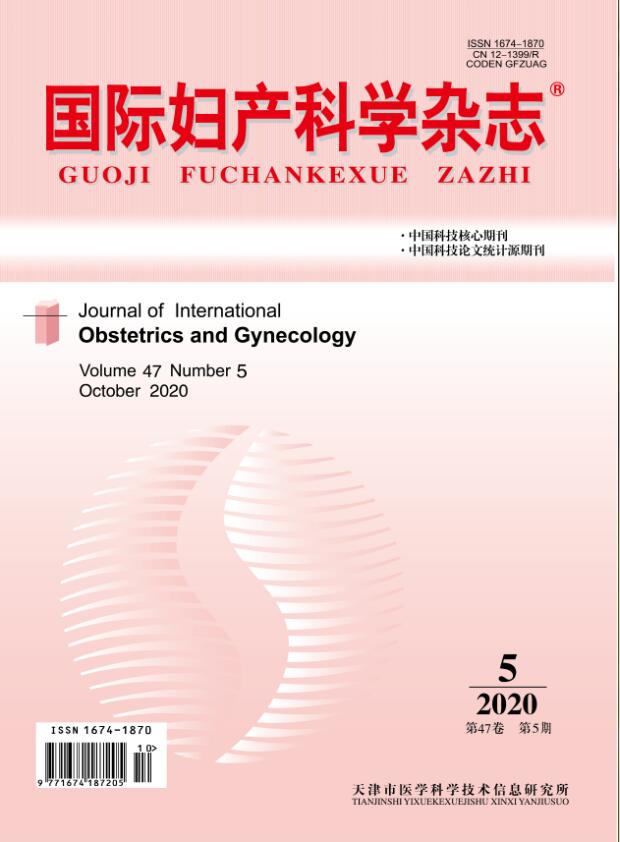|
|
Clinical Analysis of 19 Cases of Unplanned Reoperation after Cesarean Section
WANG Yin, ZHANG Xiao-bao
2019, 46 (3):
305-309.
Objective:Analyze the causes and risk factors of unplanned reoperation in cesarean section patients, and illustrate the precautions for reoperation, to improve the identification of risk factors and explore ways to reduce and avoid reoperations. Methods:The clinical data of 19 patients with cesarean section who had undergone unplanned reoperation from January 2013 to July 2017 in Department of Obstetrics of Anhui Women and Children Health Hospital were retrospectively analyzed. Results:The incidence of unplanned reoperation after cesarean section was 0.06%(19/31 136). The indications for cesarean section included: placental factors in 6 cases, multiple pregnancies in 4 cases, scarred uterus in 4 cases, cephalopelvic disproportion in 2 cases, social factors in 2 cases, and macrosomia in 1 case. The first operation included 15 elective patients and 4 emergency patients. The main indications for re-exploration were 7 cases of postpartum hemorrhage due to uterine inertia, 4 cases of placental factors, 2 cases of abdominal wall hematoma, 2 cases of bladder rupture, 2 cases of intra-abdominal hemorrhage, 1 case of uterine incision, and 1 case of uterine incision infection. Reoperation: 7 cases undergoing hysterectomy, 3 cases of abdominal hematoma removal, 2 cases of B-lynch suture, 2 cases of abdominal hematoma removal, 2 cases of bladder repair, 1 case placed Bakri ballon for postpartum hemorrhage, 1 case underwent laparoscopic uterine incision repair, and 1 case underwent laparoscopy. Nineteen patients were cured without death. Conclusions:The main reason for unplanned reoperation in cesarean section patients is postpartum hemorrhage caused by uterine inertia. The first indications for placental factors, multiple pregnancy, and scared uterus are higher risk of unplanned reoperation. Although the incidence is not high, the adverse consequences caused are serious and corresponding measures must be taken to reduce and avoid the occurrence of unplanned reoperation.
Related Articles |
Metrics
|

